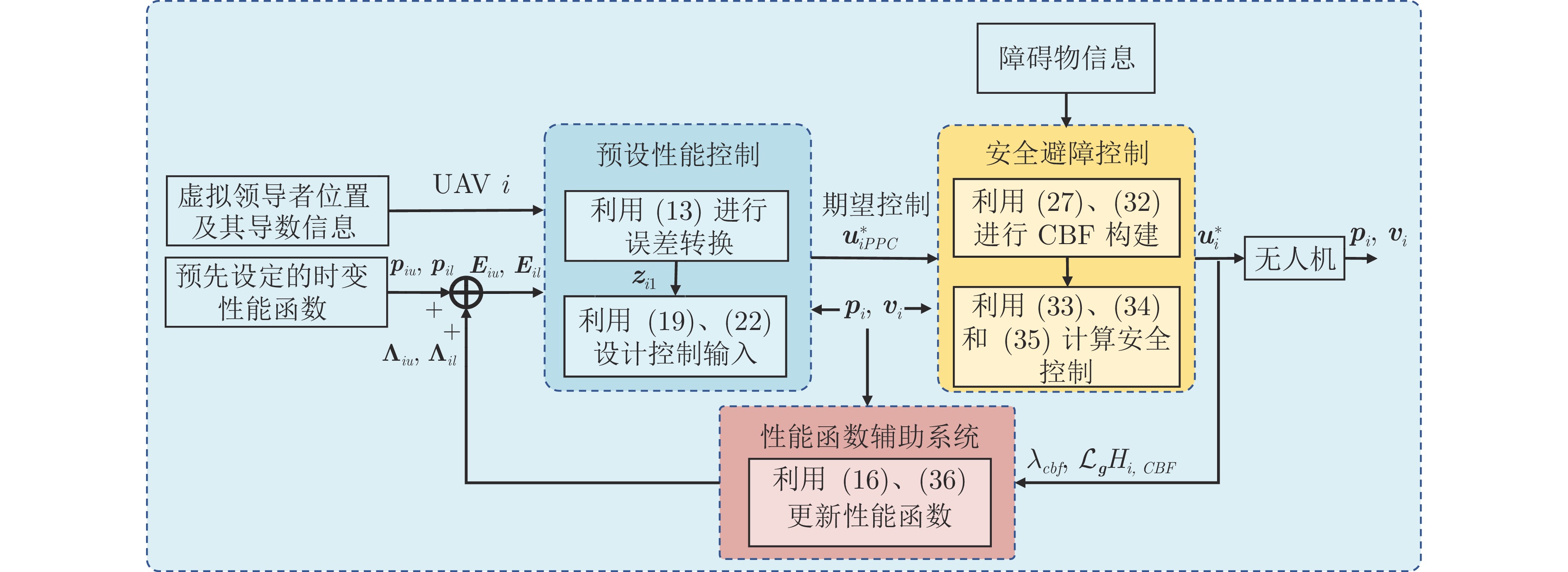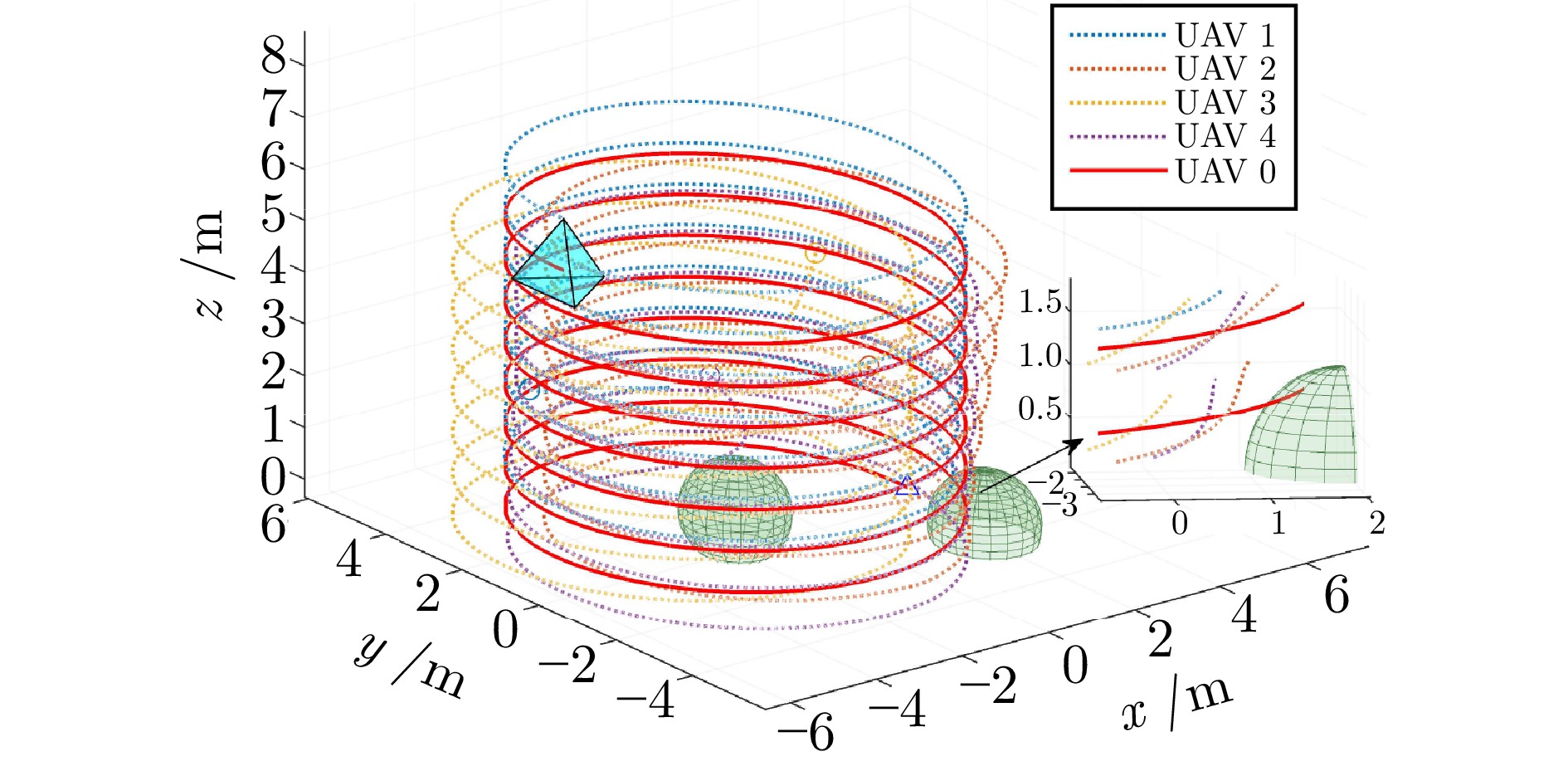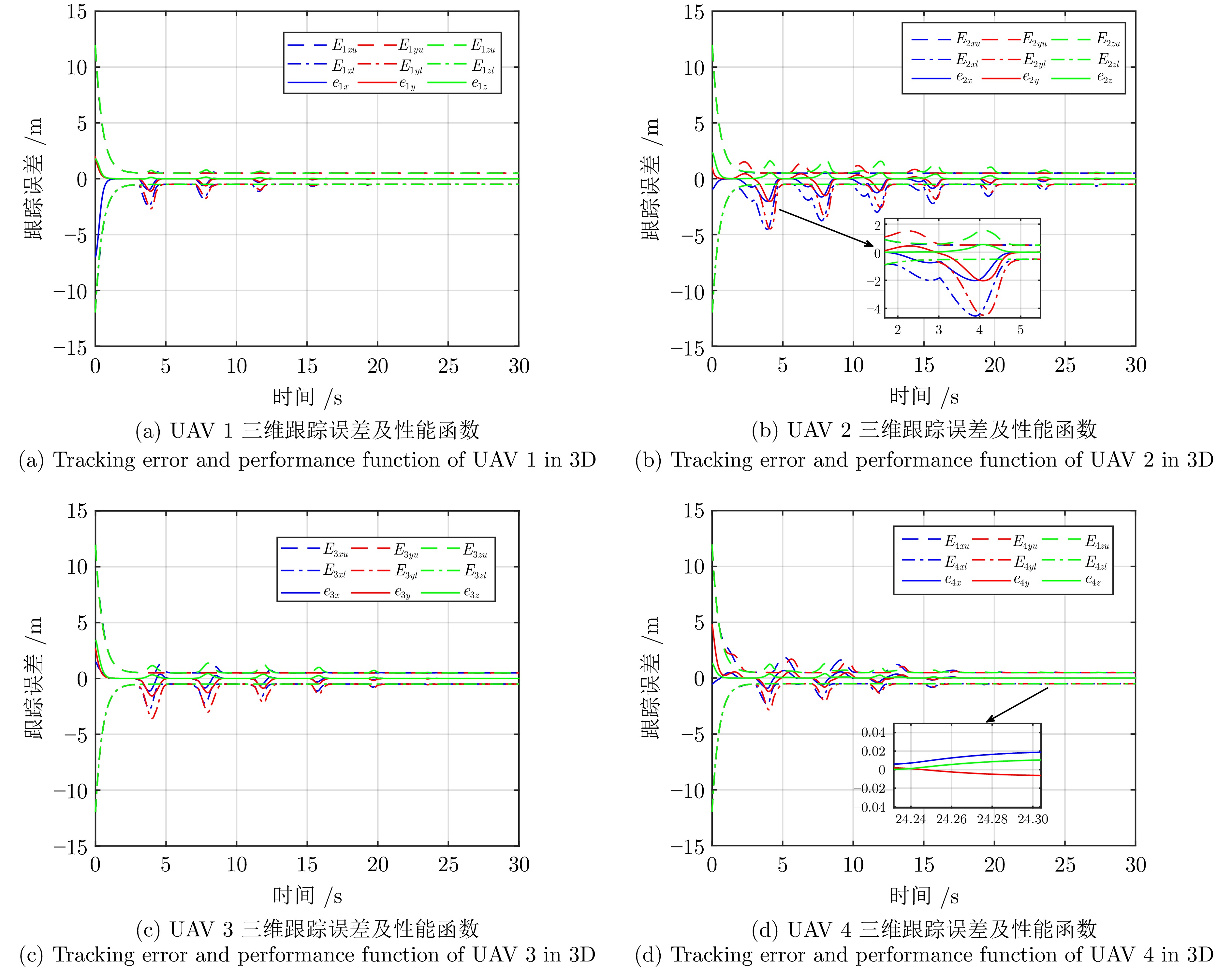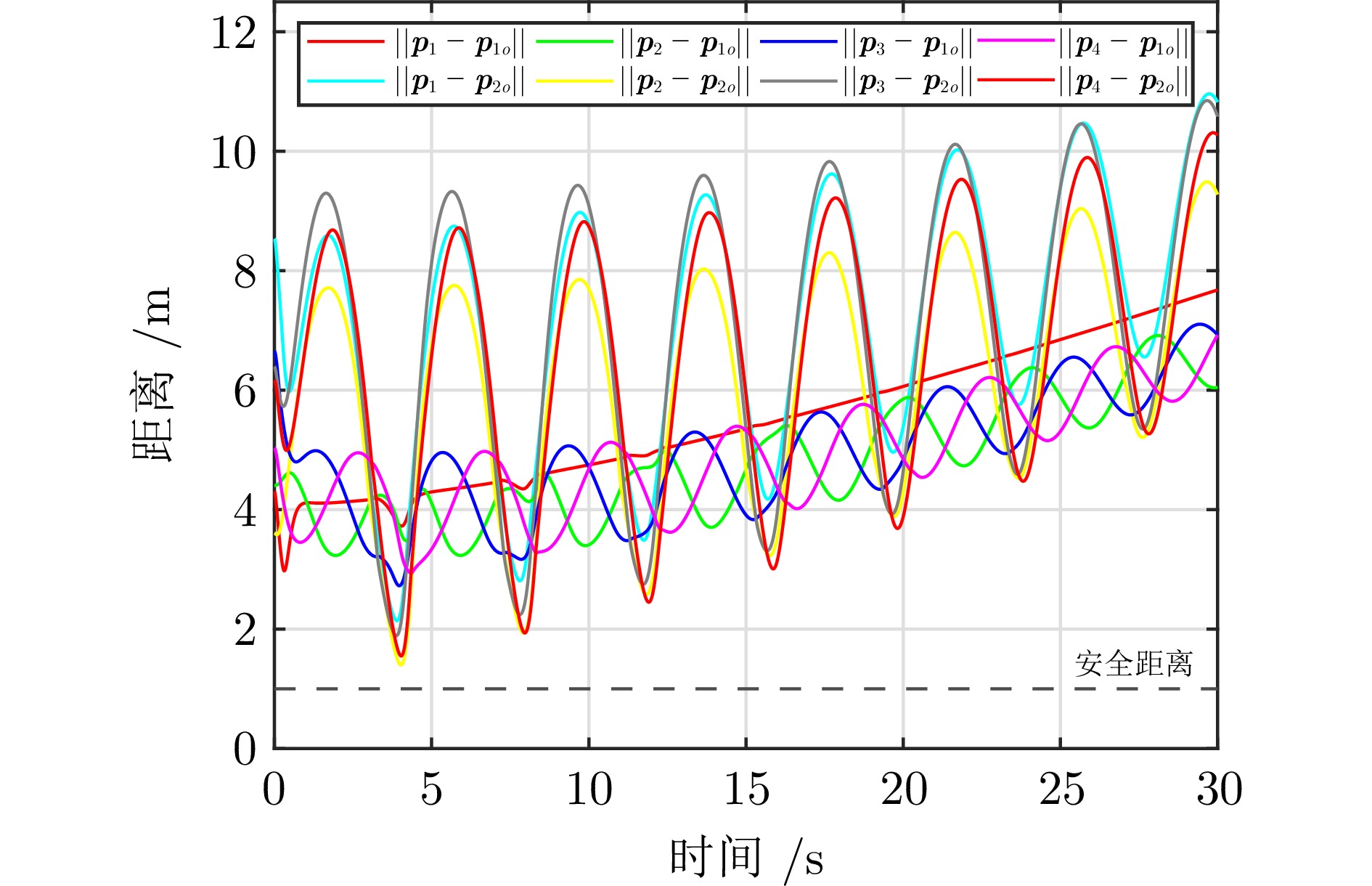|
[1]
|
Alonso-Mora J, Baker S, Rus D. Multi-robot formation control and object transport in dynamic environments via constrained optimization. The International Journal of Robotics Research, 2017, 36(9): 1000−1021 doi: 10.1177/0278364917719333
|
|
[2]
|
Luo Q Y, Luan T H, Shi W S, Fan P Z. Edge computing enabled energy-efficient multi-UAV cooperative target search. IEEE Transactions on Vehicular Technology, 2023, 72(6): 7757−7771 doi: 10.1109/TVT.2023.3238040
|
|
[3]
|
Funada R, Santos M, Maniwa R, Yamauchi J, Fujita M, Sampei M, et al. Distributed coverage hole prevention for visual environmental monitoring with quadcopters via nonsmooth control barrier functions. IEEE Transactions on Robotics, 2024, 40: 1546−1565 doi: 10.1109/TRO.2023.3347132
|
|
[4]
|
Liu Y F, Liu J J, He Z P, Li Z H, Zhang Q C, Ding Z T. A survey of multi-agent systems on distributed formation control. Unmanned Systems, 2024, 12(5): 913−926 doi: 10.1142/S2301385024500274
|
|
[5]
|
Bechlioulis C P, Rovithakis G A. Robust adaptive control of feedback linearizable MIMO nonlinear systems with prescribed performance. IEEE Transactions on Automatic Control, 2008, 53(9): 2090−2099 doi: 10.1109/TAC.2008.929402
|
|
[6]
|
Chen F, Dimarogonas D V. Leader-follower formation control with prescribed performance guarantees. IEEE Transactions on Control of Network Systems, 2021, 8(1): 450−461 doi: 10.1109/TCNS.2020.3029155
|
|
[7]
|
An B H, Wang B, Fan H J, Liu L, Hu H, Wang Y J. Fully distributed prescribed performance formation control for UAVs with unknown maneuver of leader. Aerospace Science and Technology, 2022, 130: Article No. 107886 doi: 10.1016/j.ast.2022.107886
|
|
[8]
|
Li B, Gong W Q, Yang Y S, Xiao B. Distributed fixed-time leader-following formation control for multiquadrotors with prescribed performance and collision avoidance. IEEE Transactions on Aerospace and Electronic Systems, 2023, 59(5): 7281−7294
|
|
[9]
|
Mehdifar F, Bechlioulis C P, Hashemzadeh F, Baradarannia M. Prescribed performance distance-based formation control of multi-agent systems. Automatica, 2020, 119: Article No. 109086 doi: 10.1016/j.automatica.2020.109086
|
|
[10]
|
Liu B J, Li A J, Guo Y, Wang C Q. Adaptive distributed finite-time formation control for multi-UAVs under input saturation without collisions. Aerospace Science and Technology, 2022, 120: Article No. 107252 doi: 10.1016/j.ast.2021.107252
|
|
[11]
|
Miao Z Q, Zhong H, Lin J, Wang Y N, Chen Y J, Fierro R. Vision-based formation control of mobile robots with FOV constraints and unknown feature depth. IEEE Transactions on Control Systems Technology, 2021, 29(5): 2231−2238 doi: 10.1109/TCST.2020.3023415
|
|
[12]
|
Zhao K, Song Y D, Chen C L P, Chen L. Control of nonlinear systems under dynamic constraints: A unified barrier function-based approach. Automatica, 2020, 119: Article No. 109102 doi: 10.1016/j.automatica.2020.109102
|
|
[13]
|
Zhao X Y, Tian B L, You M, Ma L. Adaptive distributed sliding mode control for multiple unmanned aerial vehicles with prescribed performance. IEEE Transactions on Vehicular Technology, 2022, 71(11): 11480−11490 doi: 10.1109/TVT.2022.3192350
|
|
[14]
|
Huang Y, Meng Z Y, Dimarogonas D V. Prescribed performance formation control for second-order multi-agent systems with connectivity and collision constraints. Automatica, 2024, 160: Article No. 111412 doi: 10.1016/j.automatica.2023.111412
|
|
[15]
|
Ames A D, Xu X R, Grizzle J W, Tabuada P. Control barrier function based quadratic programs for safety critical systems. IEEE Transactions on Automatic Control, 2017, 62(8): 3861−3876 doi: 10.1109/TAC.2016.2638961
|
|
[16]
|
Ames A D, Coogan S, Egerstedt M, Notomista G, Sreenath K, Tabuada P. Control barrier functions: Theory and applications. In: Proceedings of the 18th European Control Conference (ECC). Naples, Italy: IEEE, 2019. 3420−3431
|
|
[17]
|
陈杰, 吕梓亮, 黄鑫源, 洪奕光. 非线性系统的安全分析与控制: 障碍函数方法. 自动化学报, 2023, 49(3): 567−579Chen Jie, Lv Zi-Liang, Huang Xin-Yuan, Hong Yi-Guang. Safety analysis and safety-critical control of nonlinear systems: Barrier function approach. Acta Automatica Sinica, 2023, 49(3): 567−579
|
|
[18]
|
Guerrero-Bonilla L, Kumar V. Realization of γ-robust formations in the plane using control barrier functions. IEEE Control Systems Letters, 2020, 4(2): 343−348 doi: 10.1109/LCSYS.2019.2924460
|
|
[19]
|
Zhao X Y, Yang Q K, Liu Q, Yin Y H, Wei Y, Fang H. Minimally persistent graph generation and formation control for multi-robot systems under sensing constraints. Electronics, 2023, 12(2): Article No. 317 doi: 10.3390/electronics12020317
|
|
[20]
|
Fu J J, Wen G H, Yu X H, Wu Z G. Distributed formation navigation of constrained second-order multiagent systems with collision avoidance and connectivity maintenance. IEEE Transactions on Cybernetics, 2022, 52(4): 2149−2162 doi: 10.1109/TCYB.2020.3000264
|
|
[21]
|
Fu J J, Wen G H, Yu X H, Huang T W. Robust collision-avoidance formation navigation of velocity and input-constrained multirobot systems. IEEE Transactions on Cybernetics, 2024, 54(3): 1734−1746 doi: 10.1109/TCYB.2023.3248125
|
|
[22]
|
Fu J J, Wen G H, Yu X H. Safe consensus tracking with guaranteed full state and input constraints: A control barrier function-based approach. IEEE Transactions on Automatic Control, 2023, 68(12): 8075−8081 doi: 10.1109/TAC.2023.3283697
|
|
[23]
|
Pierpaoli P, Li A Q, Srinivasan M, Cai X Y, Coogan S, Egerstedt M. A sequential composition framework for coordinating multirobot behaviors. IEEE Transactions on Robotics, 2021, 37(3): 864−876 doi: 10.1109/TRO.2020.3036628
|
|
[24]
|
Dong Y, Wang X Y, Hong Y G. Safety critical control design for nonlinear system with tracking and safety objectives. Automatica, 2024, 159: Article No. 111365 doi: 10.1016/j.automatica.2023.111365
|
|
[25]
|
Wang P, Liang X L, Peng X H, Lu Y, Ge S S. Control barrier performance function-based cooperative formation with parallel dynamic event-triggering strategy. IEEE Transactions on Systems, Man, and Cybernetics: Systems, 2024, 54(7): 4552−4564 doi: 10.1109/TSMC.2024.3385365
|
|
[26]
|
Yong K N, Chen M, Shi Y, Wu Q X. Flexible performance-based robust control for a class of nonlinear systems with input saturation. Automatica, 2020, 122: Article No. 109268 doi: 10.1016/j.automatica.2020.109268
|
|
[27]
|
Bu X W. Prescribed performance control approaches, applications and challenges: A comprehensive survey. Asian Journal of Control, 2023, 25(1): 241−261 doi: 10.1002/asjc.2765
|
|
[28]
|
Rabiee P, Hoagg J B. Composition of control barrier functions with differing relative degrees for safety under input constraints. In: Proceedings of the American Control Conference (ACC). Toronto, Canada: IEEE, 2024. 3692−3697
|
|
[29]
|
Taylor A J, Ong P, Molnar T G, Ames A D. Safe backstepping with control barrier functions. In: Proceedings of the 61st Conference on Decision and Control (CDC). Cancun, Mexico: IEEE, 2022. 5775−5782
|
|
[30]
|
Cohen M H, Molnar T G, Ames A D. Safety-critical control for autonomous systems: Control barrier functions via reduced-order models. Annual Reviews in Control, 2024, 57: Article No. 100947 doi: 10.1016/j.arcontrol.2024.100947
|
|
[31]
|
Xiao W, Belta C. Control barrier functions for systems with high relative degree. In: Proceedings of the 58th Conference on Decision and Control (CDC). Nice, France: IEEE, 2019. 474−479
|
|
[32]
|
Cohen M H, Ong P, Bahati G, Ames A D. Characterizing smooth safety filters via the implicit function theorem. IEEE Control Systems Letters, 2023, 7: 3890−3895 doi: 10.1109/LCSYS.2023.3341345
|




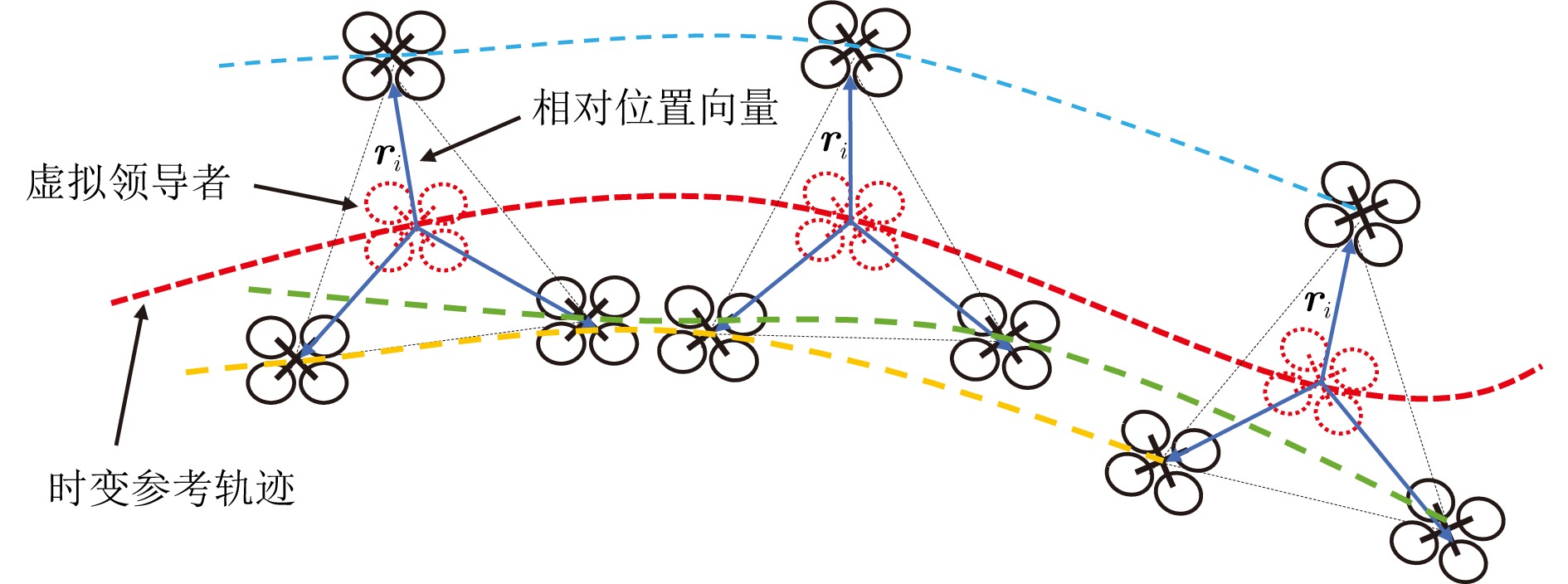
 下载:
下载:
